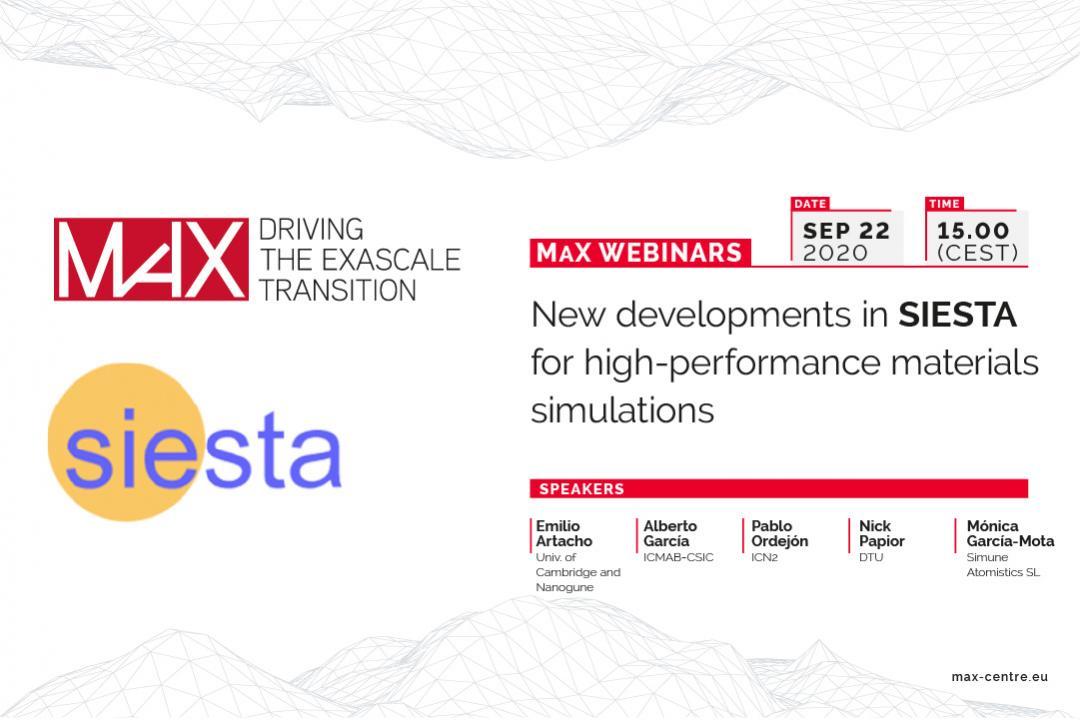
Thank you for joining the MAX webinar on "New developments in SIESTA for high-performance materials simulations"
The webinar slides and video recording are available below.
Download a copy now:
- Webinar presentation and introduction to SIESTA - Emilio Artacho (Univ. of Cambridge and Nanogune)
- Electronic-Structure solvers in SIESTA: features and performance - Alberto García (ICMAB-CSIC, Barcelona)
- Overview of the TranSIESTA module for transport simulations - Pablo Ordejón (ICN2, Barcelona)
- Performance optimizations and new functionality in TranSIESTA - Nick Papior (DTU, Denmark)
- User support in the SIESTA ecosystem - Mónica García-Mota (Simune Atomistics SL, San Sebastian)
The next planned appointments are for FLEUR (October 14) and BigDFT (TBD). Stay tuned for the next announcements!
Scope:
For over two-decades, SIESTA has enabled the treatment of large systems with first-principles electronic-structure methods, bringing new opportunities to many disciplines. At the core of SIESTA's efficiency is the use of a basis of strictly-localized atomic orbitals. The reduced cardinality of the basis and the sparsity of the Hamiltonian means that systems composed of dozens to hundreds of atoms can be treated with modest hardware, and that the programme can employ novel algorithms to extend its applicability to even larger systems. Within the MaX project, which is preparing materials-simulation codes for the upcoming extreme-scale HPC systems, this baseline efficiency has been extended, alongside the domain of applicability of SIESTA with the addition of new features. These extensions will be the focus of this webinar.
A very important aspect of these improvements to the usability and performance of the programme is that they are an example of the power of modularization and code reuse, which have been espoused by MaX and by other international initiatives, such as the Electronic Structure Library and the ELSI project. This webinar will cover in particular the new developments in the area of electronic structure solvers, notably the incorporation of an interface to the ELSI library, which has enabled significant performance enhancements, including GPU acceleration. Another representative area of SIESTA's use domain is ballistic electronic transport. In the webinar we will present an overview of the TranSIESTA built-in module, which implements a formalism based on non-equilibrium Green's functions, and the latest improvements in its functionality (in particular multi-electrode support) and optimisation. The webinar will also highlight the efforts being made in enhancing user support within the SIESTA ecosystem, an area of great relevance in view of the extra complexity that emerges when considering the variety of novel architectures and features.
Audience
The SIESTA programme is open source and is being increasingly used by researchers in geosciences, biology, and engineering (apart from those in its natural habitat of materials physics and chemistry). This webinar is for scientists, researchers, and students in the wider areas of materials and molecular simulation who want to learn about the new features and performance enhancements of the code.
Agenda
15:00 - 15:15 - Webinar presentation and introduction to SIESTA - Emilio Artacho (Univ. of Cambridge and Nanogune)
15:15 - 15:30 - Electronic-Structure solvers in SIESTA: features and performance - Alberto García (ICMAB-CSIC, Barcelona)
15:30 - 15:40 - Overview of the TranSIESTA module for transport simulations - Pablo Ordejón (ICN2, Barcelona)
15:40 - 15:55 - Performance optimizations and new functionality in TranSIESTA - Nick Papior (DTU, Denmark)
15:55 - 16:05 - User support in the SIESTA ecosystem - Mónica García-Mota (Simune Atomistics SL, San Sebastian)
16:05 - 16:15 - Q&A and closing remarks
MaX webinar series
This seminar is included in a series presenting the most recent developments of the MaX flagship codes. The next planned appointments are for FLEUR (October 14) and BigDFT (TBD). Stay tuned for the next announcements!
WEBINAR SPEAKERS
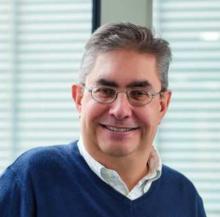
Emilio Artacho
Emilio Artacho leads the Theory group at Nanogune (San Sebastian, Spain) and is Professor in the Theory of Condensed Matter group at the Cavendish Laboratory (Department of Physics) of the University of Cambridge. He has worked in computational physics for more than three decades, doing theory, method development and computational studies in a variety of subjects touching on physics, chemistry, nano and bio. He participated in the inception of the SIESTA program and has been involved with it ever since. His recent research focuses on the simulation of systems far from equilibrium in the nanoscale. He is currently member of the Executive Committee of the Division of Computational Physics of the American Physical Society.
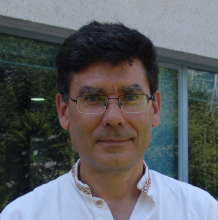
Alberto Garcia
Alberto Garcia is a computational scientist at the Institut de Ciència de Materials de Barcelona (ICMAB-CSIC). He holds a PhD in Physics from UC Berkeley and has done research at Xerox PARC , Rutgers University, and the Universidad del Paris Vasco in Bilbao. He has a wide experience in the development of ab-initio simulation methods and their applications in physics, materials science, and geophysics. He is one of the most active contributors to the development of the SIESTA code, has participated in international initiatives in scientific software, and has published around 80 scientific articles.
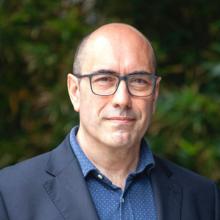
Pablo Ordejón
Pablo Ordejón is the leader of the Theory and Simulation Group at the Catalan Institute of Nanoscience and Nanotechnology (ICN2), where is also the director since 2012.
His research is focused on the development of efficient methods for electronic structure calculations in large and complex systems, based on first-principles methods such as SIESTA. He maintains frequent collaborations with industrial laboratories on the simulation of material processes at the atomic level. He is a co-founder of the spinoff company SIMUNE.
He has published more than 200 scientific articles, which have received nearly 30,000 citations (h-index of 60). He became a fellow of the American Physical Society in 2005, and received the Narcis Monturiol medal from the Catalan Government in 2018.
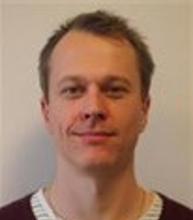
Nick Papior
Nick Papior is a HPC specialist at the Technical University of Denmark under the DTU Computing Center.
His main focus lies in exploring and co-developing new frameworks within the HPC community whilst supporting scientists with computer code and simulations.
During his Physics PhD he re-implemented the non-equilibrium Green function code TranSiesta which is based on the first-principles code Siesta. The new TranSiesta focused on new algorithms and better performance by implementing several new solvers.
His main interests are HPC algorithms and extended NEGF theory for more realistic device simulations at the atomic level.
He is also a member of the Electronic Structure Library effort which tries to unify developments across the electronic structure community.
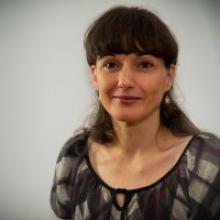
Mónica García-Mota
Mónica García-Mota is the Scientific Director at SIMUNE. She designs and supervises the execution of SIMUNE's services (material design and professional support for SIESTA code) and coordinates SIMUNE;s involvement in national and European R&D projects.
She obtained her PhD in Computational Chemistry (2010) from the Universitat Rovira i Virgili (Spain). She worked as post-doctoral researcher at the Chemical Engineering department at Stanford University (USA) and the Scientific Computing Division of BASF SE (Germany).

